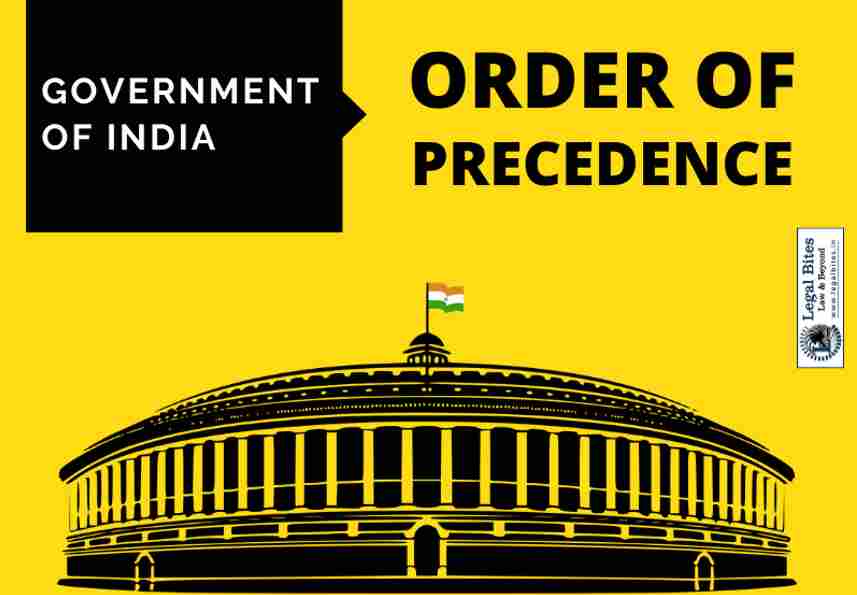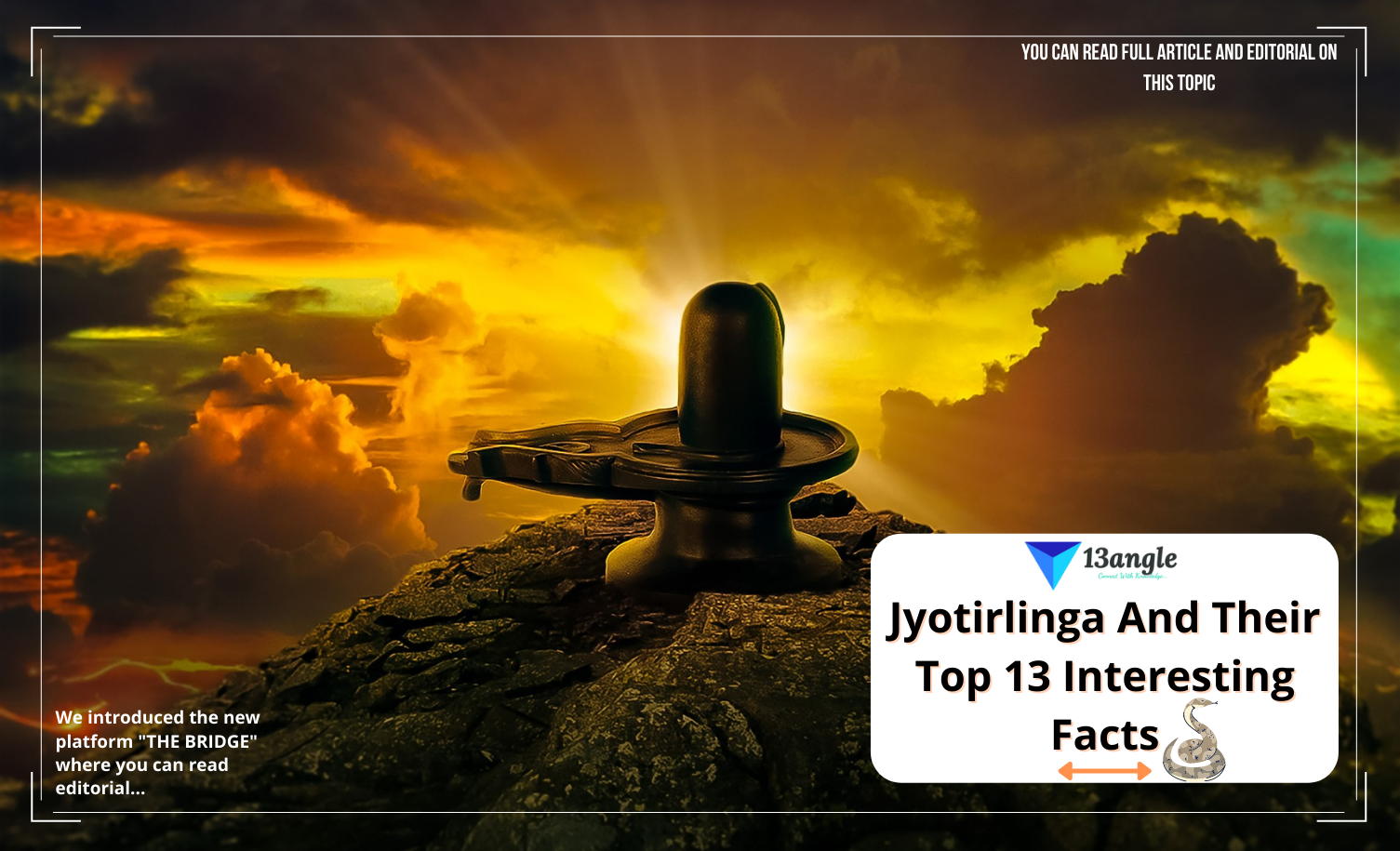
- The Order of Precedence is a protocol list that lists the functionaries and authority of the Indian government by rank and office. It’s made for State and Ceremonial occasions. It has no application in the day-to-day functioning of the government. The order is issued by the President of India and is supported by the Ministry of Home Affairs.

Order Of Precedence In The Republic Of India
Order of Precedence | |
Rank | Post |
1 | President |
2 | Vice-President |
3 | Prime Minister |
4 | Governors of States within their respective States |
5 | Former Presidents |
5A | Deputy Prime Minister |
6 |
|
7 |
|
7A | Holders of Bharat Ratna decoration |
8 |
|
9 | Judges of Supreme Court |
9A |
|
10 |
|
11 |
|
12 | Chiefs of Staff holding the rank of full General or equivalent rank
|
13 | Envoys Extraordinary and Ministers Plenipotentiary accredited to India. |
14 |
|
15 |
|
16 | Officiating Chiefs of Staff holding the rank of Lieutenant General or equivalent rank. |
17 |
|
18 |
|
19 |
|
20 |
|
21 | Members of Parliament |
22 | Deputy Ministers in State outside their respective States |
23 |
|
24 | Officers of the rank of Lieutenant General or equivalent rank. |
25 |
|
26 | Joint Secretaries to the Government of India and officers of equivalent rank Officers of the rank of Major-General or equivalent rank |

- The order of precedence of the Republic of India is a ceremonial list of functionaries, dignitaries, and officials that has no legal validity and does not reflect the Indian presidential line of succession or the constitution’s co-equal position of separation of powers. The President of India establishes the order through the President’s Secretariat, and the Ministry of Home Affairs maintains it. It has no influence on the Indian government’s day-to-day operations.
Top 13 Facts About Order Of Precedence
The order is issued by the President of India and is supported by the Ministry of Home Affairs.
The Order of Precedence is a protocol list that lists the functionaries and authority of the Indian government by rank and office. It’s made for State and Ceremonial occasions.
The order of precedence of the Republic of India is a ceremonial list of functionaries, dignitaries, and officials that has no legal validity and does not reflect the Indian presidential line of succession or the constitution’s co-equal position of separation of powers.
The President of India establishes the order through the President’s Secretariat, and the Ministry of Home Affairs maintains it. It has no influence on the Indian government’s day-to-day operations.
Joint Secretaries of the Indian Government and officials of comparable rank Major-General officers have the same rank as Major-General officers.
The notion of precedent has been ingrained in the legal profession. The theory of precedent is a cornerstone of the legal system’s hierarchical structure.
When a decision is issued by a court of superior or concurrent jurisdiction while adjudicating the rights of the parties to a lis comprising a declaration of law, it works as a binding principle for future cases until it is unsettled, and this aspect leads to the evolution of jurisprudence. A precedent-setting decision carries the weight of what it actually resolves, not peripheral issues.
The President of India establishes the order through the President’s Secretariat, and the Ministry of Home Affairs maintains it. It is not applicable to the Government of India’s day-to-day operations.
The Republic of India’s order of precedence is a ceremonial list of functionaries, dignitaries, and officials that has no legal validity and does not represent the Indian presidential line of succession or the separation of powers’ co-equal position under the Indian Constitution.
If there are numerous people with the same rank, they will be listed alphabetically. The date of admission into that position/rank determines the order of precedence between them.
President and Vice President are the first and second positions, respectively.
Then there’s the Prime Minister, who’s in third place.
Governors of states are ranked fourth, followed by previous presidents, who are ranked fifth.






